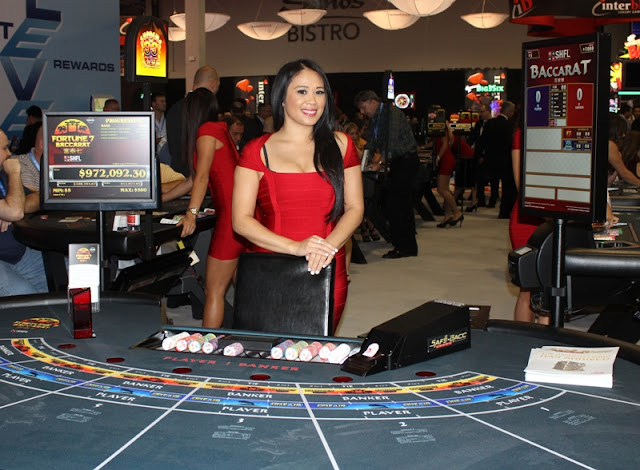Odds of Pai Gow Poker - In Pai Gow Poker, it is insufficient to beat the Banker on the 5-card High Hand. To gather on a bet at even cash, the 2-card Low Hand must be fruitful, as well. This makes ascertaining Pai Gow Poker chances more mind boggling than it is for 7-Card Stud, Texas Hold'em or Omaha, where just a single hand is in play and expected to win.
In considering the chances of winning, the primary number a Pai Gow Poker player should know about is the rate that speaks to the House Edge. Since there are a few varieties of the amusement with various House Rules, the general preferred standpoint to the House on each hand can be as high as 2.3% or as low as 1.3%. A player who is dexterous in utilizing a hand-setting procedure that is near the House Way can lessen the edge. Truth be told, this is key to building up a Pai Gow Poker procedure.
To understand Pai Gow Poker chances, it is valuable to think about the amusement as having just four conceivable results for each arrangement. The most alluring of these is for the player to win both hands and gather even cash, less the House commission. Two results result in a "push" with no victor or washout: the player win either the 5-card High Hand or the 2-card Low Hand, yet loses the other. In conclusion, the Banker may win both of the hands and gather the player's whole bet.
Since half of the results result in a push, with no cash evolving hands, wins and misfortunes happen considerably less every now and again in Pai Gow Poker than in most gambling club table diversions. Scientifically, the Banker and Player have a similar likelihood of winning. The House is guaranteed of its benefit just by charging a commission, the supposed "vigorish," which is normally 5% on all rewards.
The vigorish can be lessened to some degree, be that as it may, by playing at tables where the commission can be "paid ahead of time." For instance, rather than betting 100 units to assert 95 in the wake of paying a commission of 5 units, such tables permit a bet of 105 units to win 100 units, deducting a commission of 5 units, which really brings down the vigorish to 4.76%.
Another component that must be considered is the impact of the "duplicate" run, which gives the Banker hand an extra preferred standpoint. At the point when two hands are indistinguishable, a "duplicate," the Banker's hand wins. The likelihood of the two 5-card High Hands being indistinguishable is 2.55%. For the two 2-card Low Hands, the likelihood of a duplicate happening is 0.10%. At tables where the gambling club's merchant plays the Banker hand, these "duplicate" rates convert into a slight lift to the House Edge.
Of the four conceivable Pai Gow Poker results, the Player can be required to win both hands 28.61% of the time, while the Banker ought to win them both on 29.91% of all events. The rest of the arrangements, or 41.48%, can be relied upon to end in a push. The numbers consequently show that at tables where members are allowed to hold the Banker hand, they ought to acknowledge the open door and the slight preferred standpoint it passes on.
Another way to deal with examining Pai Gow Poker chances is to considering the recurrence of different hand mixes. The 5-card High Hand can be relied upon to contain Five Aces about once in each 138,000 hands. By difference, the likelihood of being managed a couple is 41.66% and the probability of having the capacity to shape a 5-card High Hand with superior to anything a couple is 42.26%. An unsuited, detached 5-card High Hand with no match, straight or flush can be normal with a recurrence of 16.08%, or about once in each 6.25 arrangements.
One other valuable figuring identifies with the "power" of a hand—that it is so prone to beat the relating hand held by the Banker. Overall, the 5-card High Hand will contain a couple of Jacks, which ought to be effective in 49.8% of all confrontations. The normal 2-card Low Hand Behind is the A-7, and it can be relied upon to win 49.7% of the time. At whatever point a hand contains blends positioning higher than such "middle" hands, it is solid. Hands containing lower positioning mixes are viewed as frail.
